Researchers are turning microbes into microscopic construction crews by altering their DNA to make them produce building materials. The work could lead to more sustainable buildings.
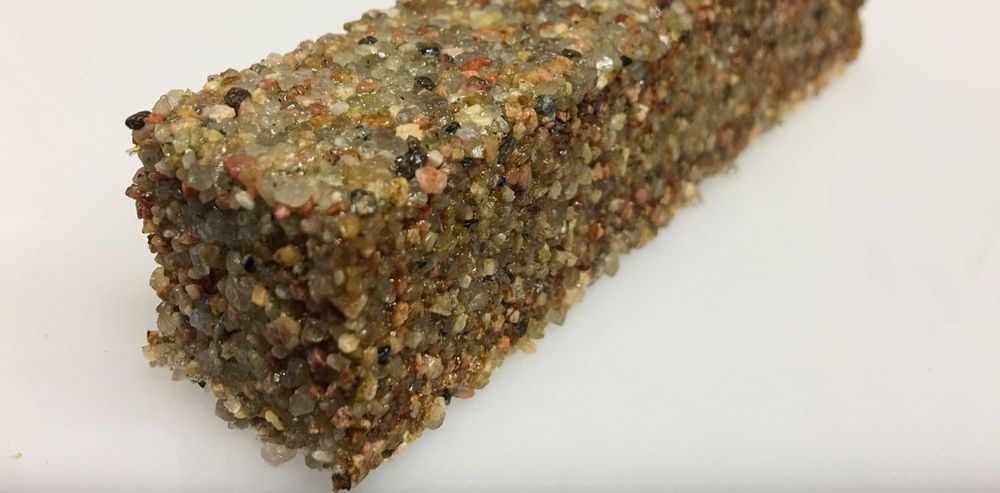

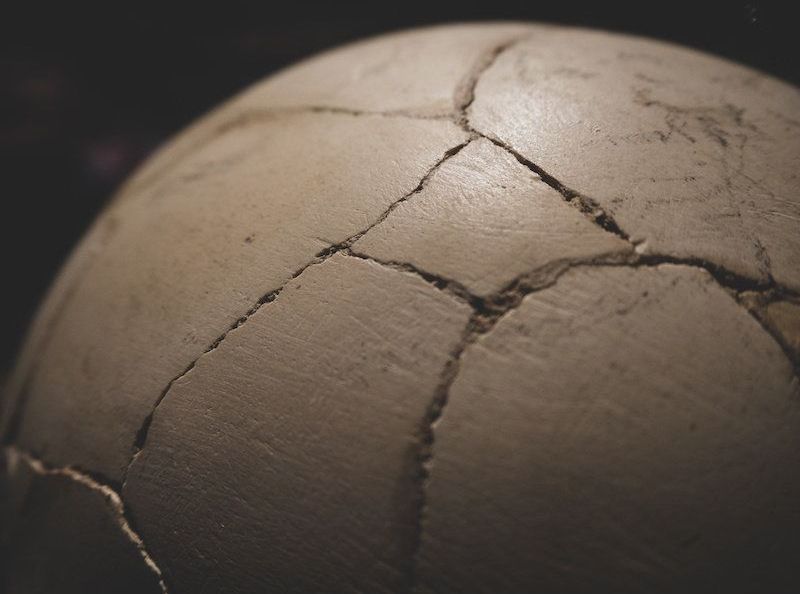
An international team of scientists led by the University of the Witwatersrand in South Africa, has been able to reconstruct, in the smallest details, the skulls of some of the world’s oldest known dinosaur embryos in 3D, using powerful and non-destructive synchrotron techniques at the ESRF, the European Synchrotron in France. They found that the skulls develop in the same order as those of today’s crocodiles, chickens, turtles and lizards. The findings are published today in Scientific Reports.
University of the Witwatersrand scientists publish 3D reconstructions of the ~2cm-long skulls of some of the world’s oldest dinosaur embryos in an article in Scientific Reports. The embryos, found in 1976 in Golden Gate Highlands National Park (Free State Province, South Africa) belong to South Africa’s iconic dinosaur Massospondylus carinatus, a 5-meter long herbivore that nested in the Free State region 200 million years ago.
The scientific usefulness of the embryos was previously limited by their extremely fragile nature and tiny size. In 2015, scientists Kimi Chapelle and Jonah Choiniere, from the University of Witwatersrand, brought them to the European Synchrotron (ESRF) in Grenoble, France for scanning. At the ESRF, an 844 metre-ring of electrons travelling at the speed of light emits high-powered X-ray beams that can be used to non-destructively scan matter, including fossils. The embryos were scanned at an unprecedented level of detail — at the resolution of an individual bone cell. With these data in hand, and after nearly 3 years of data processing at Wits’ laboratory, the team was able to reconstruct a 3D model of the baby dinosaur skull. “No lab CT scanner in the world can generate these kinds of data,” said Vincent Fernandez, one of the co-authors and scientist at the Natural History Museum in London (UK).
An interview I did on my transhumanist focused channel with Robert Zubrin, head of the Mars society, about the case for human space colonisation, his work with Elon Musk and how becoming a multi-planet species will affect human civilisation. Very grateful for any subscriptions!
I interview Robert Zubrin, founder of The Mars Society and author of ‘The Case for Mars’ and ‘The Case for Space’ on human exploration and colonisation of Mars, the likely role played by private enterprise (SpaceX etr) vs national programmes and what a future Mars settlement could look like.

NEW DELHI: For the last four years, it was used for crop dusting. But now, it has a new name and purpose. Chennai-based startup Garuda Aerospace’s drone is spraying disinfectant all over locked down cities in its new avatar of Corona Killer-100.
Garuda has deployed 300 drones across 26 Indian cities, including Varanasi, Raipur and many in Tamil Nadu, at the behest of state governments and municipal bodies that are looking for ways to disinfect their areas with as little human intervention as possible. “We spray in public areas, hospitals, bus stations — anywhere Covid-19 can spread,” says Agnishwar Jayaprakash, the founder and president of the startup. Commercial pilot volunteers are steering these drones.
Across the country, startups are utilising the lockdown period to innovate and add to the state’s arsenal to fight the coronavirus pandemic. Their work has resulted in disinfectant-spraying drones, drones that make public announcements or shoo away crowds during a lockdown, disinfectant trucks, new kinds of sanitisers and even robotic dispensers.
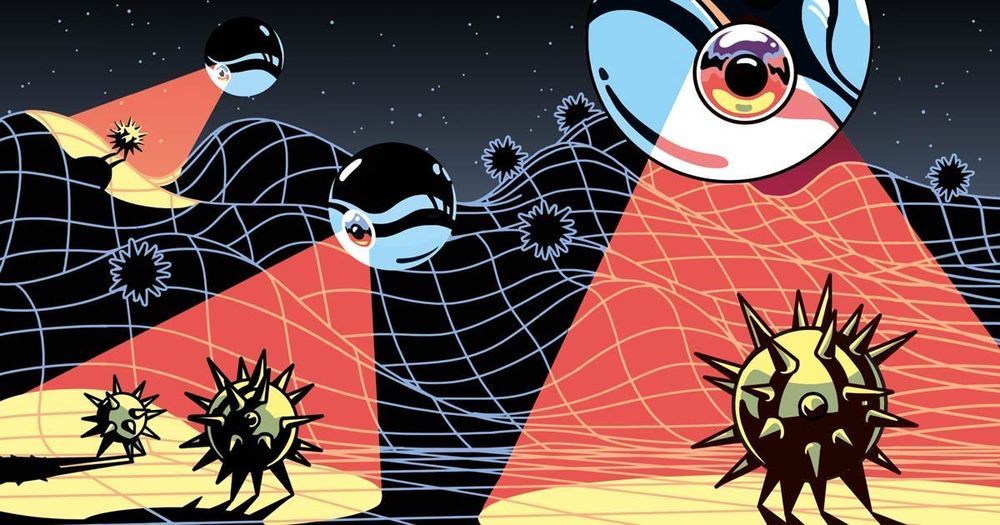
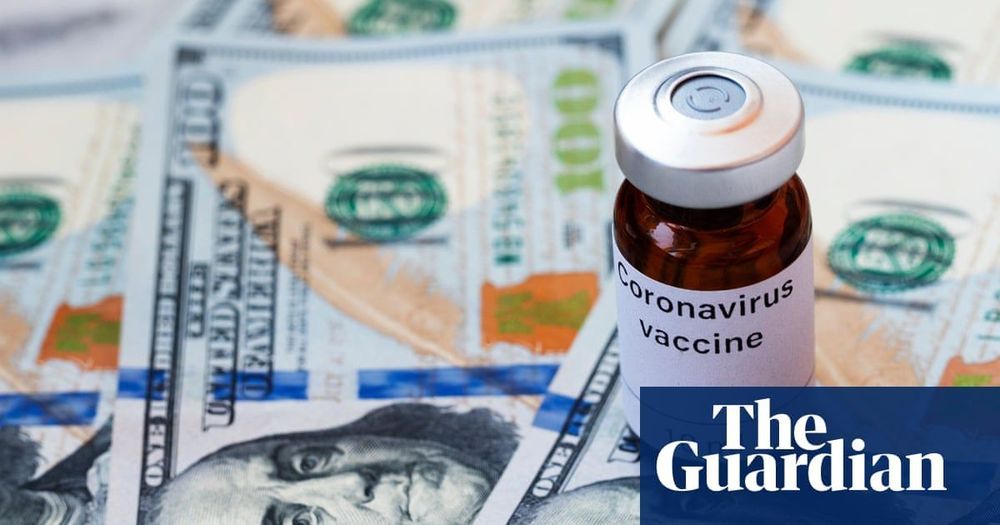
The world’s richest people are being urged to urgently donate big chunks of their fortunes to the global effort to tackle the coronavirus pandemic, and help millions of people across the globe whose lives have been thrown into crisis by Covid-19.
Some billionaires – including Microsoft founder Bill Gates and Twitter co-founder Jack Dorsey – have committed huge amounts of their money to fund solutions to the unfolding crisis.
While some billionaires have pledged vast chunks of their fortunes others have been criticised for not giving enough, or even at all.
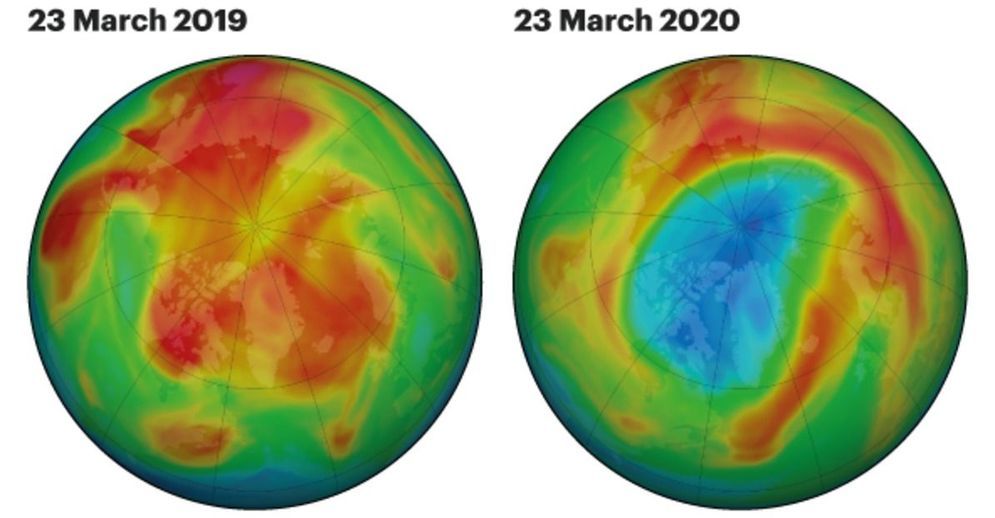
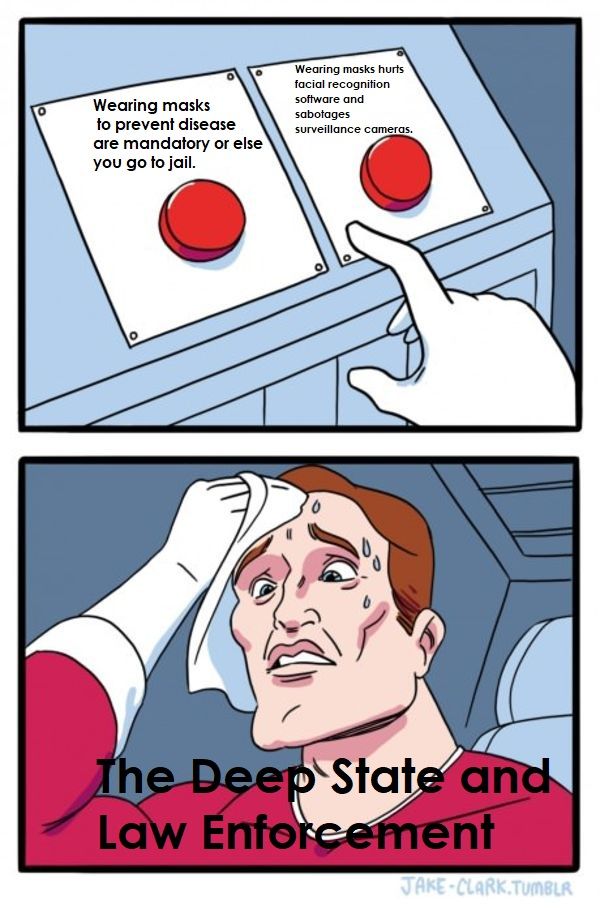
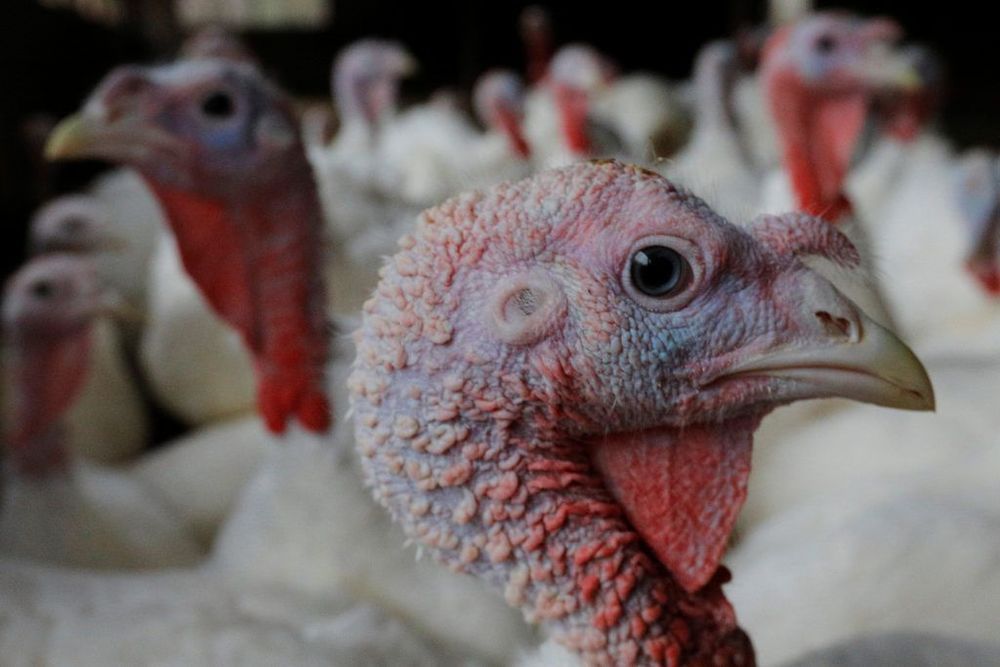
Where was everyone when these channels were dedicating so much time and effort to help create awereness and get support for these creatures in Africa?
The government that neglected this eventhough they are not from Africa have neglected something that has now created, trillions of dollars of losses, and even more is coming up.
This documentary was made ten months ago.
Pangolins are believed to be the most trafficked mammals in the world. As the four Asian species of pangolins have dwindled, poachers are increasingly turning to the African species to supply the trade. In this short film, meet the bold Nigerians who are fighting to protect this gentle and vulnerable creature.
➡ Subscribe: http://bit.ly/NatGeoSubscribe
#NationalGeographic #Pangolins #WildlifeConservation